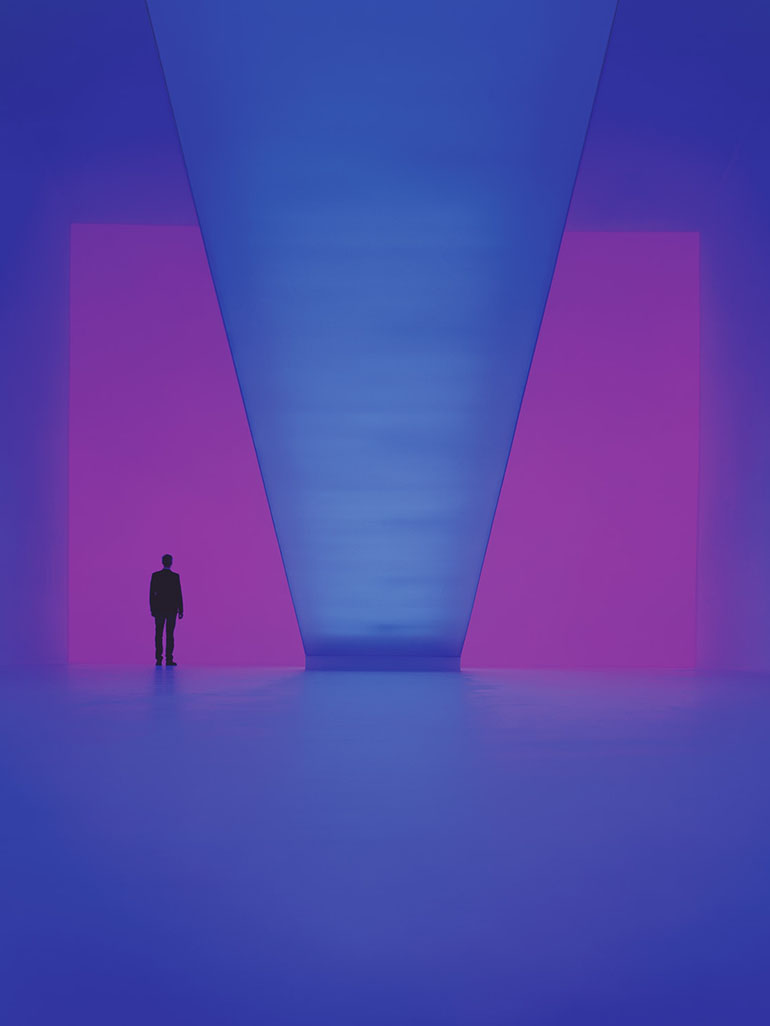

#Perfectly clear turrell series#
One series that Turrell calls “Ganzfelds” fills the room with a neon haze. In others, a 14-foot wedge of green shimmers before your eyes. In some pieces, a ghostly cube will appear to hover in the middle distance. He will arrive at a museum with a construction crew, black out the exterior windows, and build a new structure inside-creating a labyrinth of halls and chambers, which he blasts with light in such a way that glowing shapes materialize. While most of his contemporaries work with paint, clay or stone, Turrell is a sculptor of light. Turrell, who turns 78 this year, has spent half a century challenging the conventions of art. “And now, I want to show you the Fumarole.” He tapped the gas and continued around the rim, with half the truck still dangling off the side. “Looking pretty good, isn’t it?” Turrell said.

Contractors in hard hats and reflective vests streamed in and out of the opening. Halfway to the bottom, a dozen cars and trucks were parked on a narrow terrace, where a yellow backhoe was piling soil around the mouth of a tunnel. With the vehicle canted 30 degrees, I stared down the vertiginous slope. The right side of the truck slid off the summit while the left side remained on top. As we approached the far side, he said, “I’m going to drop over the edge,” and twisted the wheel sharply. Turrell paused to let the illusion sink in, then he restarted the engine and continued across the summit. You have to be between 500 and 600 feet above the terrain for it to happen.” This is an illusion that Antoine de Saint-Exupéry talked about. “But it can’t be,” Turrell said, “or we’d be surrounded by water.

I followed his gaze, and it was true: The desert appeared to slope toward us from every direction, as if the volcano were sitting at the bottom of an immense bowl. “You see how the area right below us seems to be the lowest point?” he asked. The red-and-black volcanic cinder cone, located in Arizona’s Painted Desert, last erupted around 900 years ago. Moonrise and Earth’s shadow looking east from the crater’s rim. This article is a selection from the May issue of Smithsonian magazine Buy Subscribe to Smithsonian magazine now for just $12


 0 kommentar(er)
0 kommentar(er)
